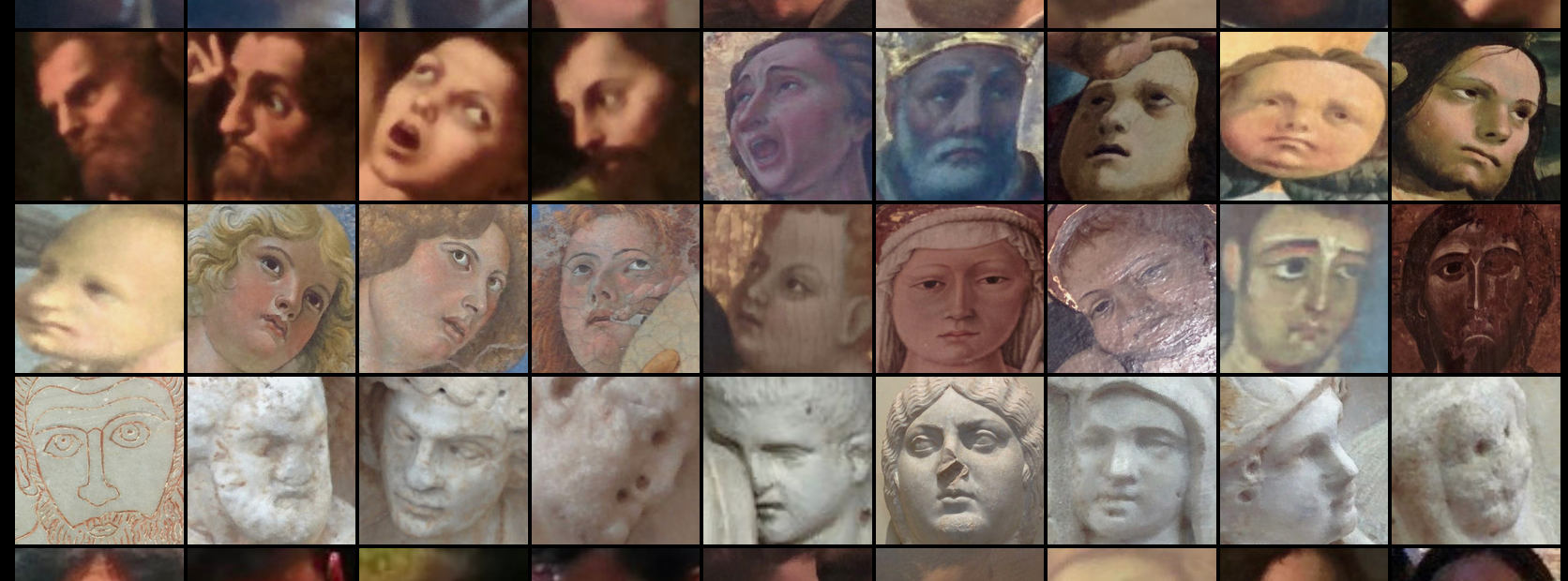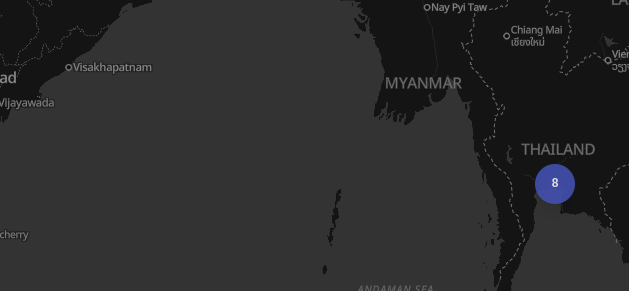Why and How I Use Immich
Photos are a big thing in Asia, so it’s a recurring problem among my friends in the Philippines on how to have enough storage for their collection of selfies, food photos, and group pics. Google Photos and iCloud present themselves as a solution. However, most people would hit their free storage limit pretty quickly. There are various solutions to get around this problem without necessarily degoogling but the solution that has worked for me these past few months has been to use Immich. I write here why and how I use it.
Backstory
As with most people with Android, my Nexus 5X back in 2013 got integrated with Google Photos. Through the years, I’ve taken a lot of photos with it and all those photos are happily sitting in my Google account. In 2016, Google photos added a feature that sorted photos by trips, by events, powered by “AI”. This was all good for me. And I was like, sweet! I don’t need to do this myself.
Google also slowly rolled out face recognition, back when machine learning didn’t exist as a buzz word. It was cool to have the faces get grouped together, but I was a bit uneasy to label the faces with their names. I know that Google (and any other big tech company) can piece those information together if they really wanted, but I wasn’t in the business of letting them get the data for free. I say let them work for it.
On June 2021, Google stopped hosting original quality photos and even put a storage limit. All good things must come to an end, of course. Unlimited storage was too good to be true.
It was at this point that I took it upon myself to start finding a new photos app. If I’m paying for a service, I want a service that I can control.
Organizing the Downloaded Mess
Using our new found GDPR powers thanks to EU regulations, I downloaded all my photos so that I can reupload them to yet-to-be-decided new photo app. However, I was not impressed by the way they structured the photos into folders, the filenames they gave, etc. It was a mess.
It took me some time to decide on how to organize my photos in folders. And it took months to execute that plan. Mostly because I did not have huge chunks of free time nor motivation. But now I’m happy and have them in readable sortable folders. I can easily copy-paste these folders from one hard drive to another without much fuss for backup purposes. If I ever lose Internet for 38 days just like the Tonga residents back in 2022, I could at least reminisce the good old days of posing in front of the Eiffel Tower to get some internet clout. No wait, that would be irrelevant if there were no Internet. Anyway!
Given that I spent A LOT of time organizing my photos offline, I decided I will never let a photo app decide the file structure again. This is why my new photo app should provide a way to preserve file structure and filenames. I tried a couple of self-hosted open-source Google Photos alternatives such as Photoprism and Piwigo. Neither of the two seemed to provide an easy way to do this.
Immich, at first glance, seemed to also not have this feature. You upload photos like you did with Google Photos, it registers it in a database, and you lose the file structure. Upon further digging, I found that they had a feature called External Library. With this feature, I just give Immich an already existing folder, my offline photos folder, and work its magic.
With just this feature, I was already sold. But it doesn’t stop there.
Immich Features I Eventually Discovered and Loved
Aside from the External Library, which was crucial for me, there were some other features I liked about it.
Face Recognition
Immich has the face recognition that I wanted. I deployed it onto a VPS with 4GB of RAM and it worked its AI magic to recognize faces and use machine learning algorithms to classify which faces looked the same.
After a couple hours, I had a list of faces grouped together. Some of them are the same people. Some of them are the Mona Lisa. Thankfully, Immich can hide faces and merge two clusters of faces together. So that wasn’t too much of a pain in the ass.

Knowing that this app is hosted on my VPS and no one is profiting off my facial recognition data, I decided to label the faces for easier searching later.
Having face recognition is very important. If someone break up with their significant other, it would be easy to make a lyric montage video celebrating their relationship as is customary in some cultures. While creating such compilation videos were already possible in the 2010s, the AI revolution has made it more efficient to make them.
Web App and Mobile App
Saving all my photos in a hard drive is cool and all but with the attention span of people these days, people will get bored if they need to wait for me to connect it to a laptop to show them a photo of what my mom ate for lunch on 13 May 20241.
However, with their mobile app, I can do that quickly. As long as I have internet! Reasonably fast internet. Not only that, I can also show them other interesting groups of photos.
Searching and Map
Searching also works like a charm. If I type dinner with people in the search bar, it would give me photos of (mostly) dinners with (mostly) people.

Immich also has a map feature which shows where you’ve been as long as your phone recorded the location of the photo.

While writing this, I discovered that I forgot that I’ve been to United Arab Emirates to take a photo of a wing of the plane I’m in and that I’ve been to Thailand to dab at the airport.

Sharing
Whenever people visit me or I visit people, we always have to decide whose phone has the most megapixels in order to capture the moment with as high quality as possible. Once that’s decided, we use that phone to take selfies. And send it over WhatsApp, Viber, or Facebook. These services will, by default, make the resolution lower and strip it of other metadata thereby rendering the exercise of choosing the camera futile.
With Immich, I can hassle the owner of the best camera into uploading it directly in Immich. The original photo will be retained, along with the other metadata. It then takes a single click from me to share the photos to the public with a private link. I can even set an expiry date for that link.
It’s very convenient and I’m very happy that this is possible without trusting your data to some big tech company.
Conclusion
Of course, self-hosting an open-source app like Immich isn’t for everyone.
For my nerdy friends on the fence, perhaps you can try it out. I’ll be happy to help if you encounter problems with deploying.
For my less nerdy friends, there is a service called Pikapods which lets you spin up an Immich server hassle-free for 5 dollars a month. It certainly can’t beat the cheaper offerings of Google and Apple. But at least you can rest well, knowing that your ORIGINAL HIGH QUALITY photos will be there AND EASILY EXPORTABLE even if big tech companies bring their prices up.
Footnotes
-
A salad, by the way. ↩